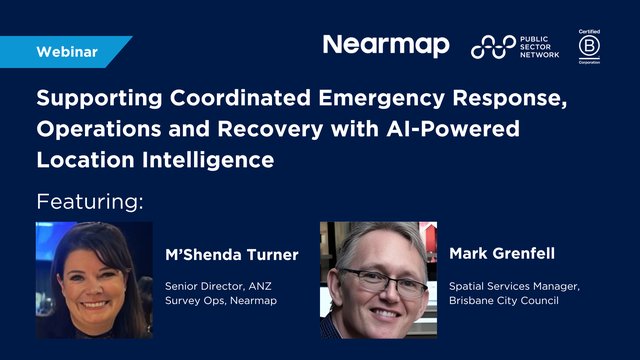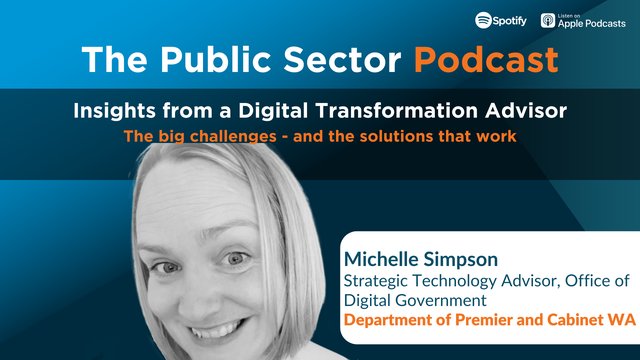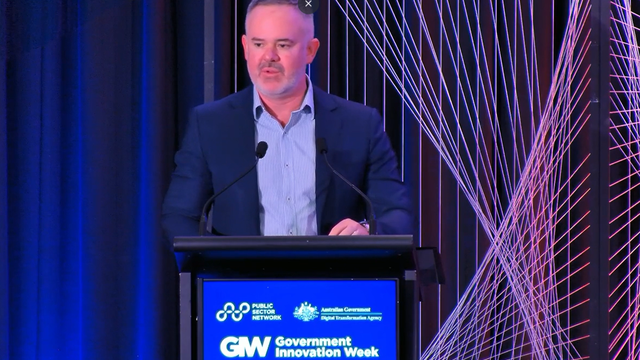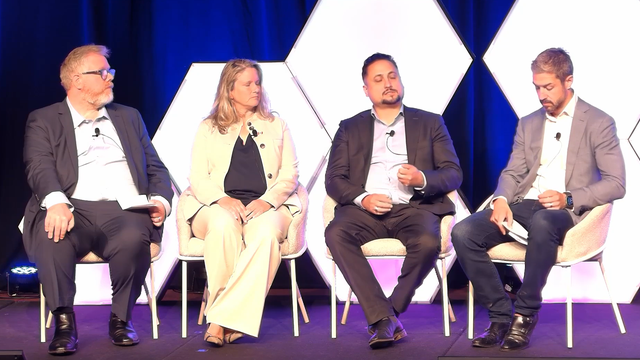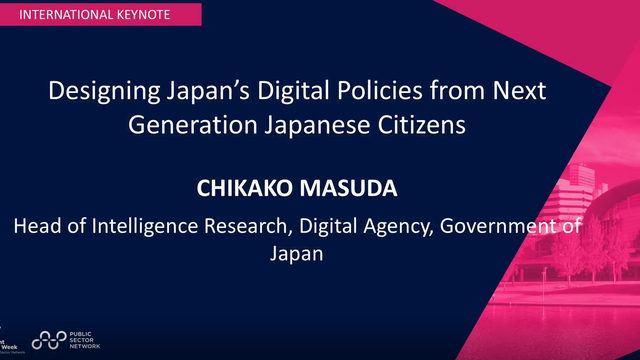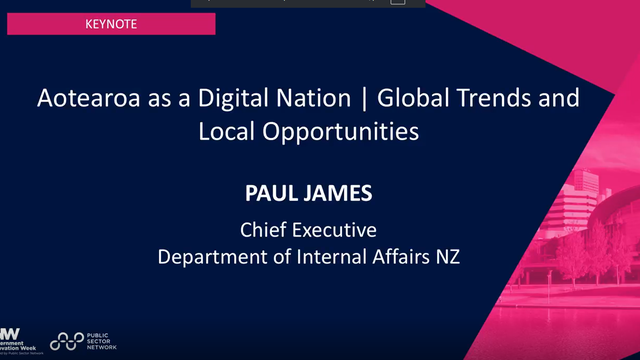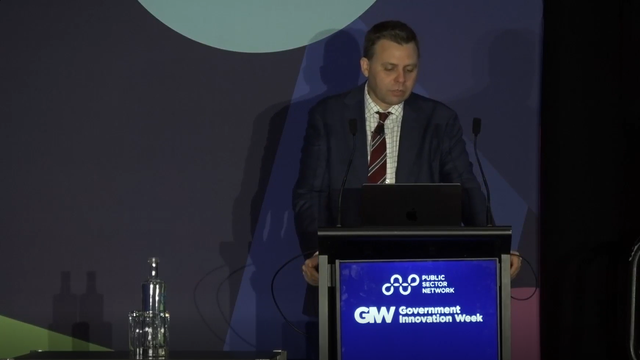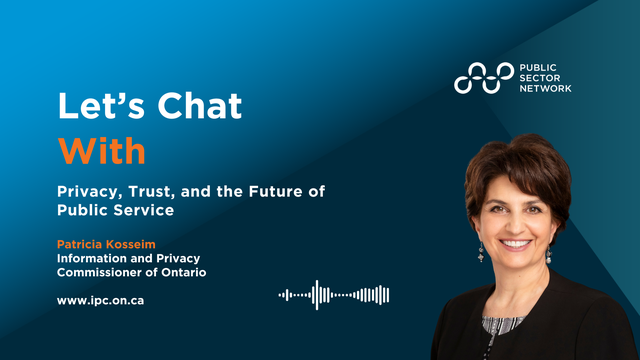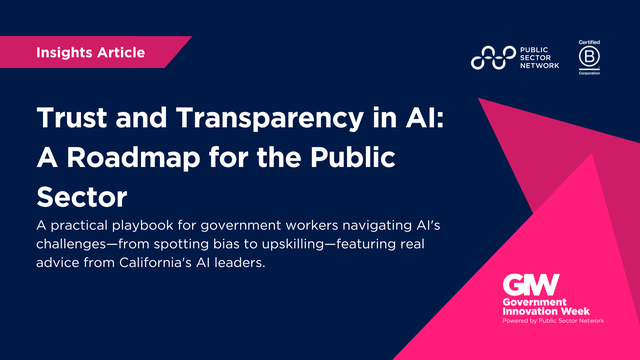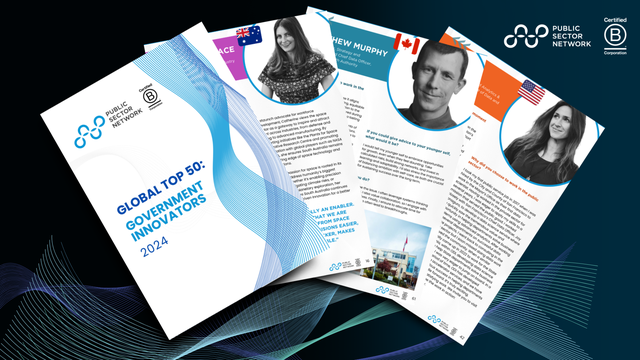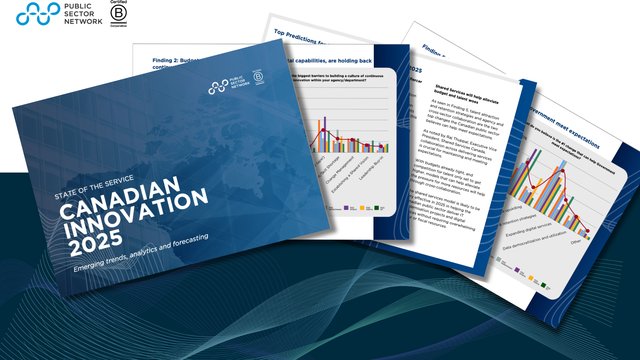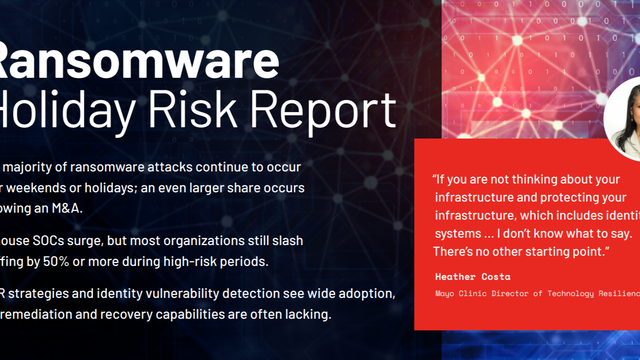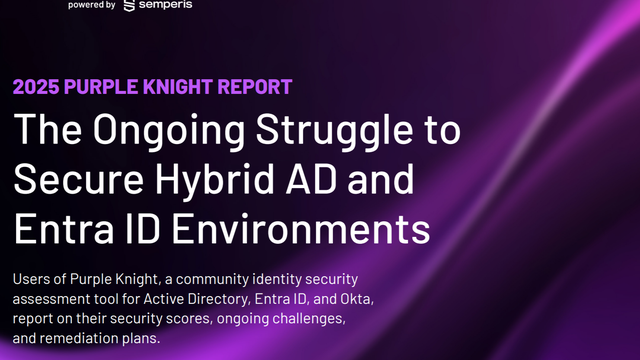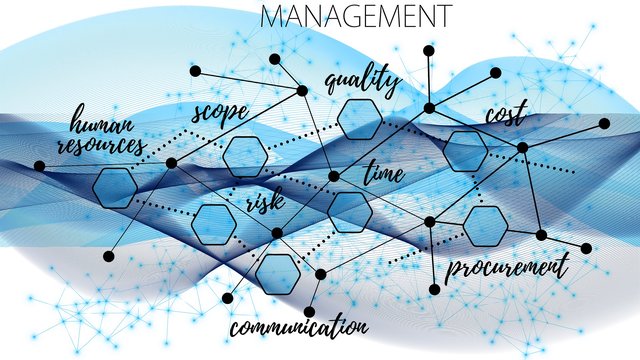

Overview
Dementia is a significant and growing health issue in Australia. More than 421,000 Australians are living with dementia and more than 1.6 million people are involved in their care.
Those living with dementia are often isolated, frightened, suffer from discrimination and even abuse. As the population ages and without a cure, dementia will impact more and more people.
Against this backdrop, the need for reliable, helpful and supportive dementia information and care is critical.
From the recently diagnosed to family members, aged care workers and healthcare workers, there are a broad range of people who need to become more informed about dementia. The Dementia Australia website has an important role to play in providing critical information, supporting and empowering impacted Australians, and advocating for change.
However, their digital ecosystem was fragmented and couldn’t keep pace with the needs of users. The website experience didn’t offer intuitive or supportive pathways and made it difficult for people to find information on their diagnosis, experience and support options available to them.
In 2023, Liquid collaborated with Dementia Australia to re-engineer their digital ecosystem incorporating best-in-class design and improving navigation and user experience, backed by modern content publishing protocols, to deliver a robust and scalable dementia resource for the future.
Delivering a website ecosystem that met user needs
The new digital experience needed to be inclusive, accessible, uplifting, approachable, informative, motivating and bold, and meet the needs of the broad range of people that visited the site.
To deliver this transformative digital experience, we needed to understand:
- customer needs and behaviours
- stakeholder fears and expectations
- the performance of the current website experience, technology and management processes
- the role the website plays in the broader ecosystem
- the level of digital maturity that existed in Dementia Australia to identify capability building and support needs.
We conducted in-depth user research and usability testing, engaging with existing and future users with a focus on people living with dementia, family members and carers, and health professionals. We also conducted internal research with Dementia Australia teams to understand their needs, pain points and challenges.

Meeting the needs of a broad range of people throughout the research, concept and final design stages of the project.
Making information discoverable
Research and usability testing suggested that the existing website structure was counterintuitive, and our goal was to create more relevant user pathways across the website.
The primary menu was rooted in the organisation function, rather than based on user needs. As such, we structured the website navigation and content experience using a journey-focused lens, helping users find the right information for their unique needs and supporting them as they evolve.
We also improved global search functionality to help people using the site and Dementia Australia staff find information and resources faster. This eased the feeling of being overwhelmed for all users, and helped people find information quickly and easily.
Creating an accessible and inclusive experience
It was crucial the website supported users with disability and people living with dementia with changing needs over time. The interface needed to be redesigned to help users with diverse needs intuitively navigate the website and easily find the content they needed.
By reviewing the information architecture, refining navigation, improving page layout and structure, and designing new informational components and input controls, we simplified the user interface and empowered all users. This enabled people living with dementia to continue to use the website and resources even as their condition progressed.
To ensure the website was accessible for the most vulnerable users, advanced accessibility principles were built into the website design, including:
- colours and font use
- page layout and text styling
- plain language
- responsive design
- moving content out of PDFs
- multimedia elements.
These features support people living with dementia and ensure the website accounts for specific considerations, as well as meeting standard accessibility criteria for a broad range of users.
 Intuitive navigation and advanced accessibility principles were integral to the design.
Intuitive navigation and advanced accessibility principles were integral to the design.
Designing to reduce cognitive load
To address the potential declining cognition of the Dementia Australia audience we needed to consider issues such as memory loss, difficulty performing familiar tasks, abstract thinking and language problems.
We looked at physical objects that people living with dementia used and unpacked their qualities. These objects were simplified versions of traditional objects and colour, familiarity and size played a large role in directing functionality. We employed the heavy use of colour and affordances such as arrows in our design to ensure people knew they could interact with certain objects.
We minimised the need for any abstract thinking and avoided being subtle in our design, using large, clear navigation, buttons, cards and spotlights, responsive type size with distinct heading levels, and displayed content in a single column.

Dementia-friendly design reduces the cognitive load and does away with the need for abstract thinking.
A needs-driven, enabling experience
The website needed to provide a sense of hope and confidence to users at various stages of their journey. We focused on building a narrative of hope and empowerment to support users, especially people living with dementia and their carers, to feel in control and help provide agency and confidence in taking their next steps.
To address the fragmented information across the website and help health professionals better support their patients, we focused on surfacing key tools such as factsheets, training and education and submit a referral.
Fit-for-purpose backend tools
The Dementia Australia website was built on Drupal 7, and progressively updated to Drupal 9. A key requirement of this project was the redevelopment of the site into Drupal 10. Equally important was the goal of ensuring the website backend set up the Dementia Australia team for success.
To support this goal, we focused on:
- headless architecture
- improvement content management UX
- development of smart, dynamic content.
The core architecture needs of the website centred on a modern, headless Drupal 10 solution with structured content to support Create Once Publish Everywhere. This allowed Dementia Australia’s digital ecosystem to progressively grow while leveraging their Drupal site as a content repository.
To improve the content management user experience, our goal was to collaboratively design content models that were user-friendly and ensure key guidance for creating content was integrated directly into Drupal, helping the Dementia Australia team manage content efficiently and consistently.
We also focused on developing smart, dynamic content that allowed content managers to easily create, tag and dynamically display content throughout the site, reducing content management effort and streamlining processes.
This allowed Dementia Australia to future-proof their technology investment by building a system that could adapt and evolve over time, helping them to avoid costly technology rewrites, unnecessary proprietary software purchases and complex migrations in the future.
 To better support patients and health professionals the design surfaces factsheets, training and education.
To better support patients and health professionals the design surfaces factsheets, training and education.
An exemplar of good digital design
This project supports and empowers people through their diagnosis, as well as their families, carers and health professionals, achieving real and sustainable benefits for people living with dementia.
Successfully re-engineering the Dementia Australia website ecosystem to deliver a robust, scalable national dementia resource was a complex project. It required deep engagement with users to ensure the build addressed a range of diverse user needs, extensive technical innovation and the development of a bespoke design system.
I will come to [the website]. It's like a handbook for dementia so I will keep using it. Good work.
Person living with dementia
I found the existing Dementia Australia website really hard to use. I wanted to find some training and I just gave up. This new website is already a huge improvement over the current one. This feels a lot easier already.
Physiotherapist
I wish I had known about this website early on with my mum. If I’d had this information, I wouldn’t have been as upset as I was and perhaps would have been able to deal with it better.
Carer
Through innovative human-centred design, the re-engineered Dementia Australia website ecosystem will help to support and empower people through their diagnosis, as well as those that support them from carers to health professionals.
About Liquid
This article was brought to you by Liquid. Liquid is a strategic design and digital consultancy known for our work in person-centred government projects, aged care reform and transformative mental health solutions.
Bringing together strategic design, applied technology and human interaction, our multidisciplinary team of thinkers and doers has been transforming lives across Australia since 1999.
Through the definition, design and delivery of the best possible outcomes in services and products, Liquid shapes the best possible futures for the people who rely on them, every day.
Published by
About our partner

Liquid
For over 25 years, Australian SME Liquid has supported local, state and federal government to achieve the best possible futures for their customers and staff. Experts in strategic design, applied technology and human interaction, the Liquid team works alongside policy and operational teams to shape, design and implement transformation and reform initiatives.Trusted innovation partners, Liquid is supporting government departments to understand the real potential of composite, LLM, ML and Generative AI in optimising their service delivery and operations.Liquid’s human-centred approach ensures change is embedded, sustainable and supported by building the right skills and capabilities in department teams.
Learn more

